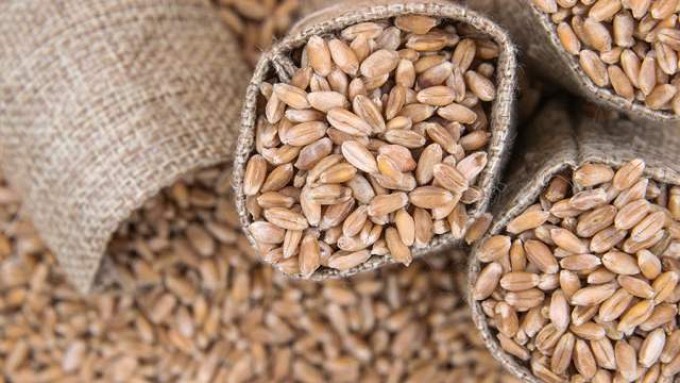
Kazakh grain shipments are showing high rates. Prices are stable. The Grain Union of Kazakhstan believes that continuing the export subsidy program will lead to higher wheat prices on the domestic market and, consequently, in export markets to Central Asian countries, reports the APK News agency.
"The government of Kazakhstan plans to allocate 30 billion tenge to subsidize wheat exports in 2026. These funds are not included in the national budget, but will be allocated from other sources (government reserves). This was announced by Deputy Prime Minister and Minister of National Economy S.M. Zhumangarin during the review of the draft national budget for 2026-2028. Previously, the program to support the export of Kazakh wheat to distant markets, which began in the 2024-2025 season, was extended until September 1, 2026," Yevgeny Karabanov, head of the Legislative Assembly's Analytics Committee, said in an analytical review of the grain market.
According to him, wheat export prices for FOB Aktau and DAP Saryagash delivery were stable last week (October 20-26, 2025).
"Wheat prices have found a balance in the domestic and international markets. The pace of export shipments remains high," the expert said.
Meanwhile, barley export prices fell again by $1 per ton for FOB Aktau and DAP Saryagash. Prices for DAP Dostyk/Altynkol remained unchanged.
This is due to weak demand from Iran and China, increased railway tariffs, and freight rates.
"Due to a large accumulation of railcars due to a shortage of vessels at the port of Aktau, Kazakhstan Temir Zholy has replaced the previously 2.5-week conventional loading ban with a schedule until October 31." "Furthermore, freight rates from Aktau to Iran's northern ports have increased again, from $48 to $51, almost double the rate at the beginning of September. This is the highest freight rate in the last three years," noted E. Karabanov.
Due to the high congestion of wagons and poor acceptance on the Chinese side, KTZ extended the ban on loading covered wagons carrying grain and oilseeds from October 24 to 31 at the Dostyk/Alashankou junction to China.
Furthermore, KTZ imposed a ban on loading all cargoes to Turkmenistan via the Bolashak/Serkhetyaka junction.
"Current demand for wheat is confirmed by high loading rates. Prices are stable. High demand for grades 4 and 5 is due to the wide price spread compared to grade 3 wheat. "Continuing the program to subsidize transportation costs for wheat exports to distant markets will boost demand and lead to higher wheat prices on the domestic market, and consequently, in export markets to Central Asian countries," said a representative of the ZSK.
The analyst believes that the stagnation in the barley market will end after logistics to China normalizes and river navigation from the Volga to Iranian ports on the Caspian Sea ends in November.
Export prices for Kazakhstani agricultural crops from October 20th to 26th were as follows:
Wheat, Class 3:
Gluten 23-24% - $208 - $213
Gluten 25-26% - $213 - $218
Gluten 27% - $255 - $260
Gluten 28-29% - $275 - $280
Gluten 30+ - $290 - $295
Wheat, Class 4: $190 - $195
Wheat, Class 5: $183 - $188
Barley: $176 - $181 - Saryagash DAP
Barley: $195 - $200 FOB - Aktau
Barley: $185 - $190 DAP Dostyk/Altynkol
Flaxseed - $510 - $520 FCA - departure station
Kazakhstani flour (Atta - Afghan milling) - $235 - $240
1 tbsp flour - $280 - $285
Premium flour - $380 - $390
Feed meal:
10-11% protein - $215-$220
11-12% protein - $220-$225
12-13% protein - $225-$230